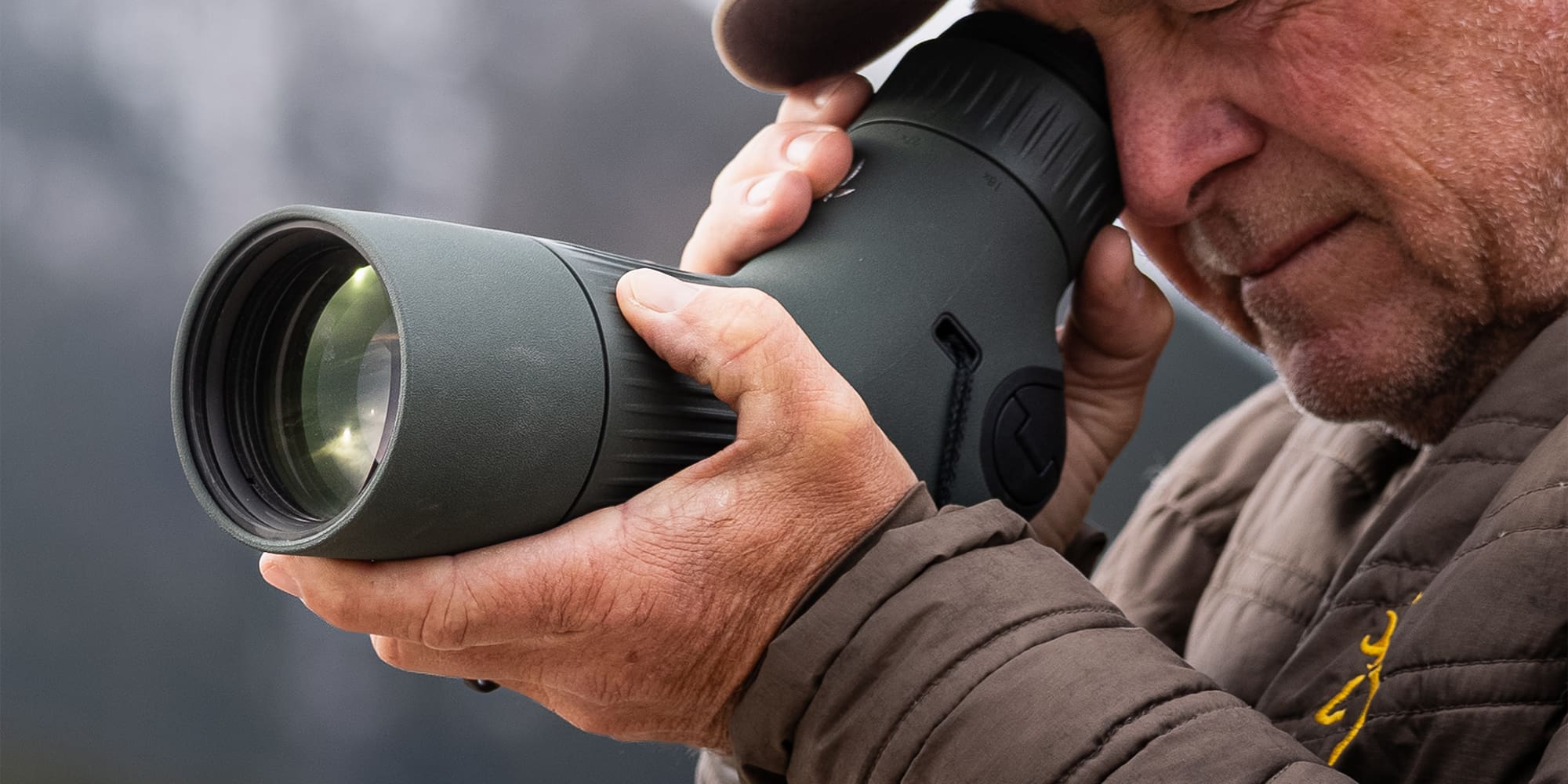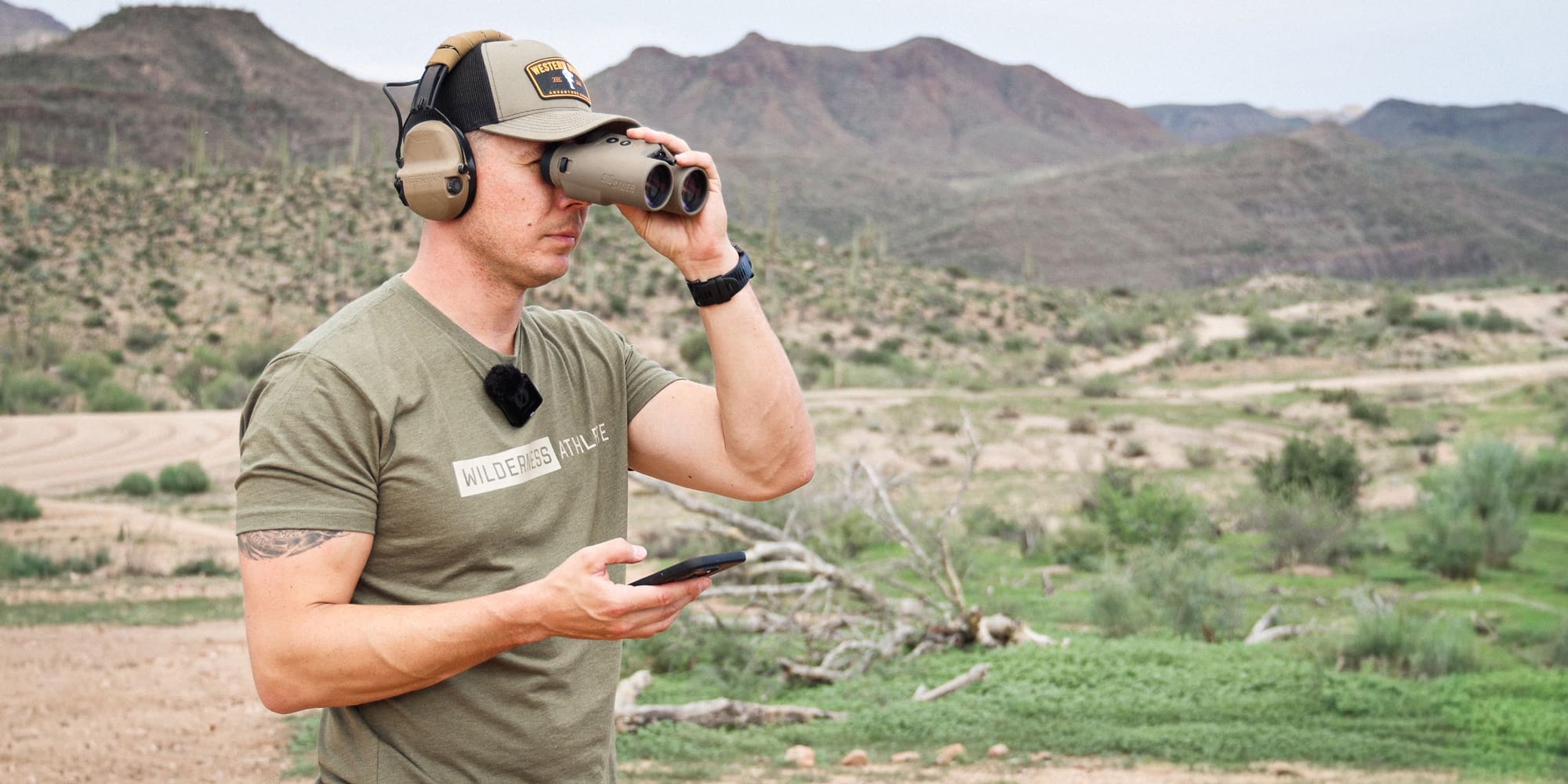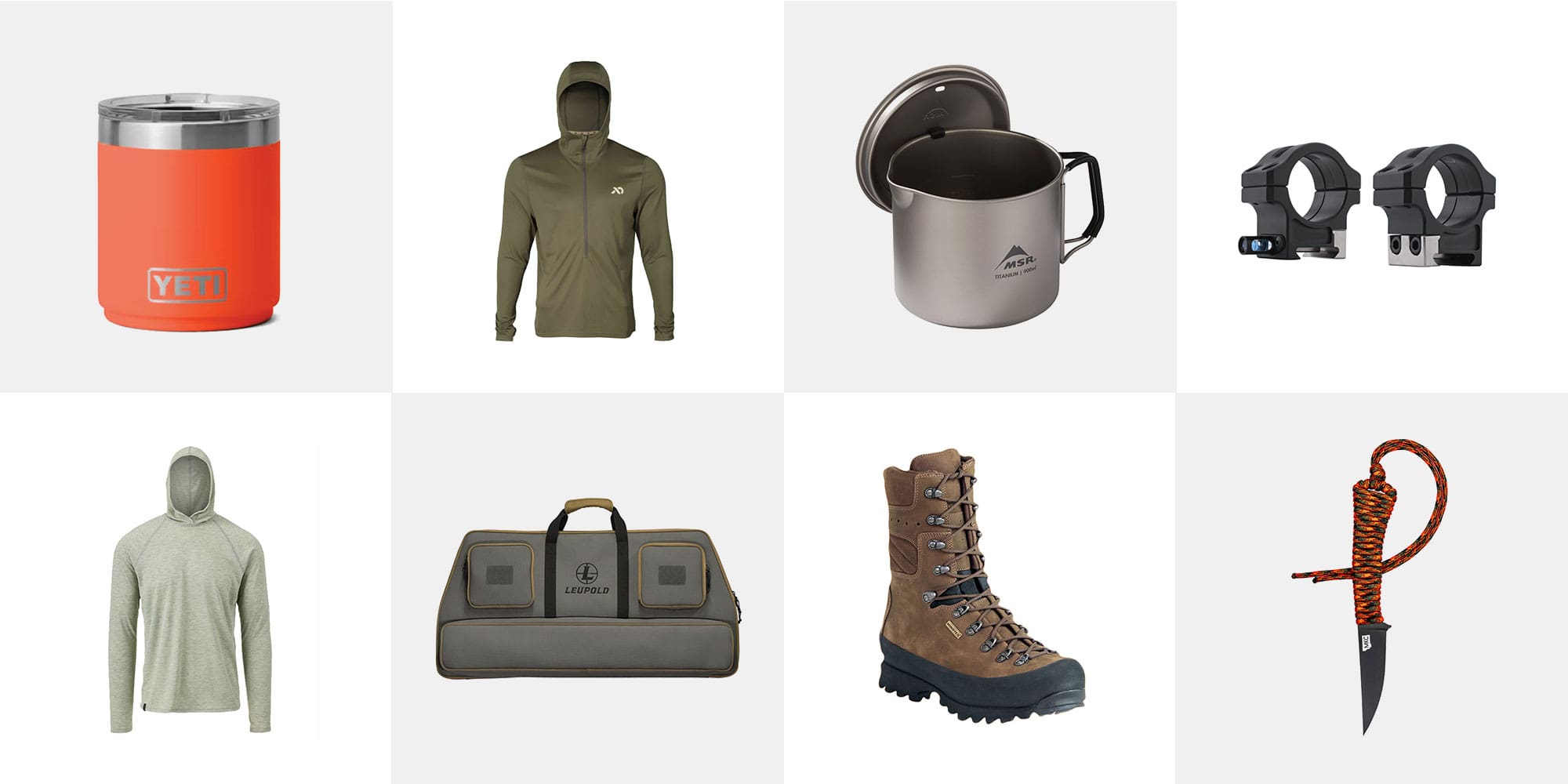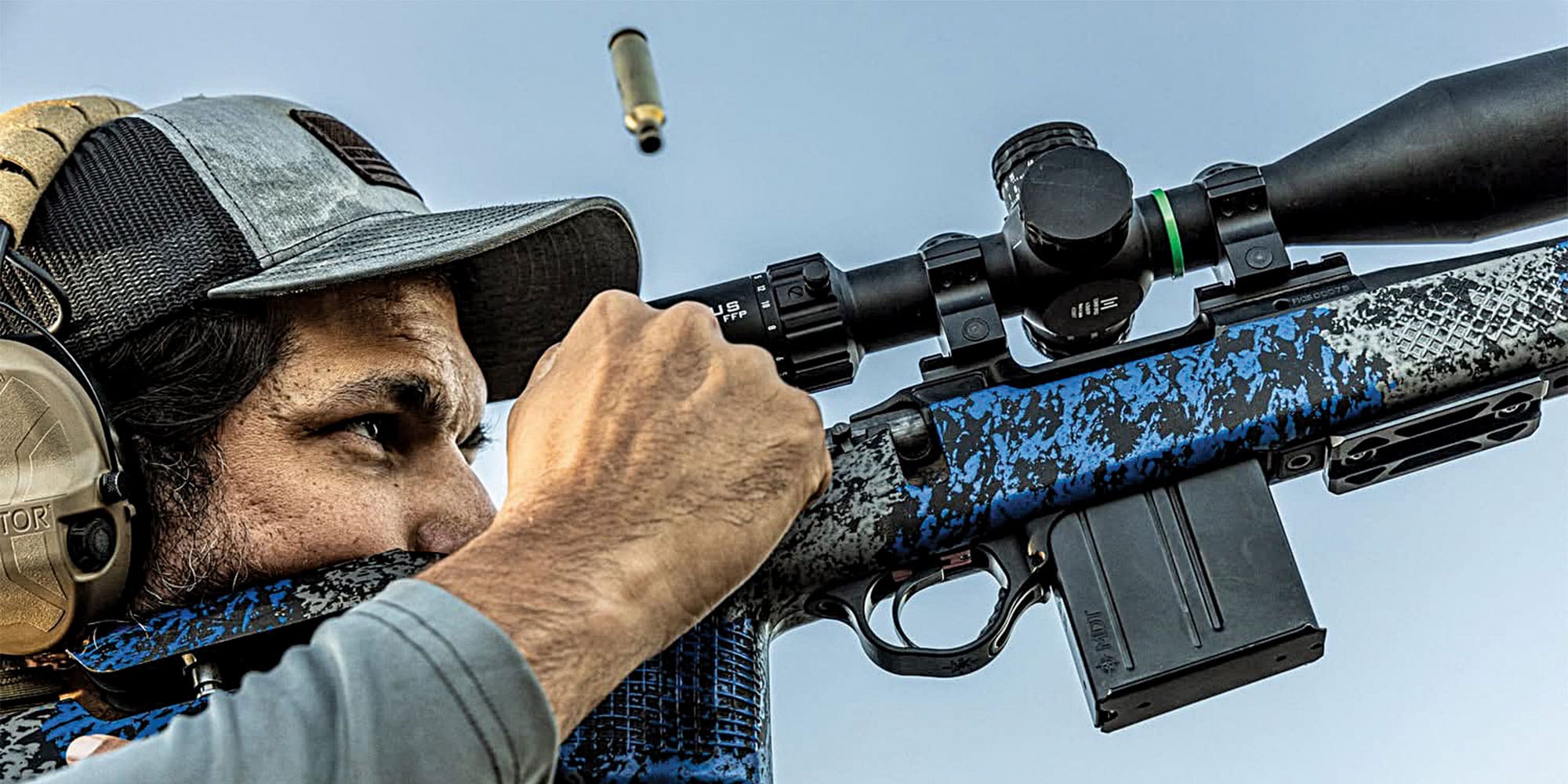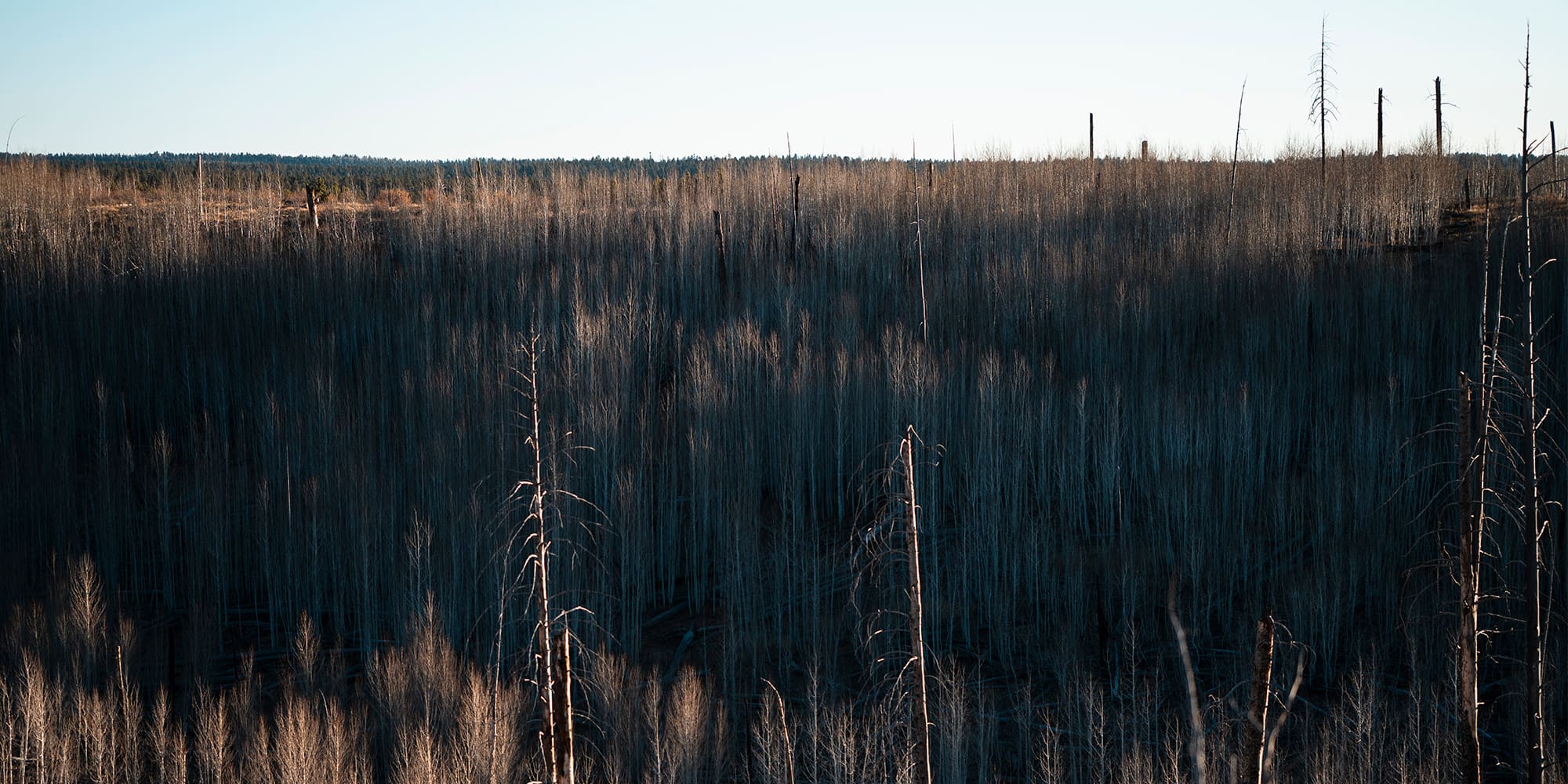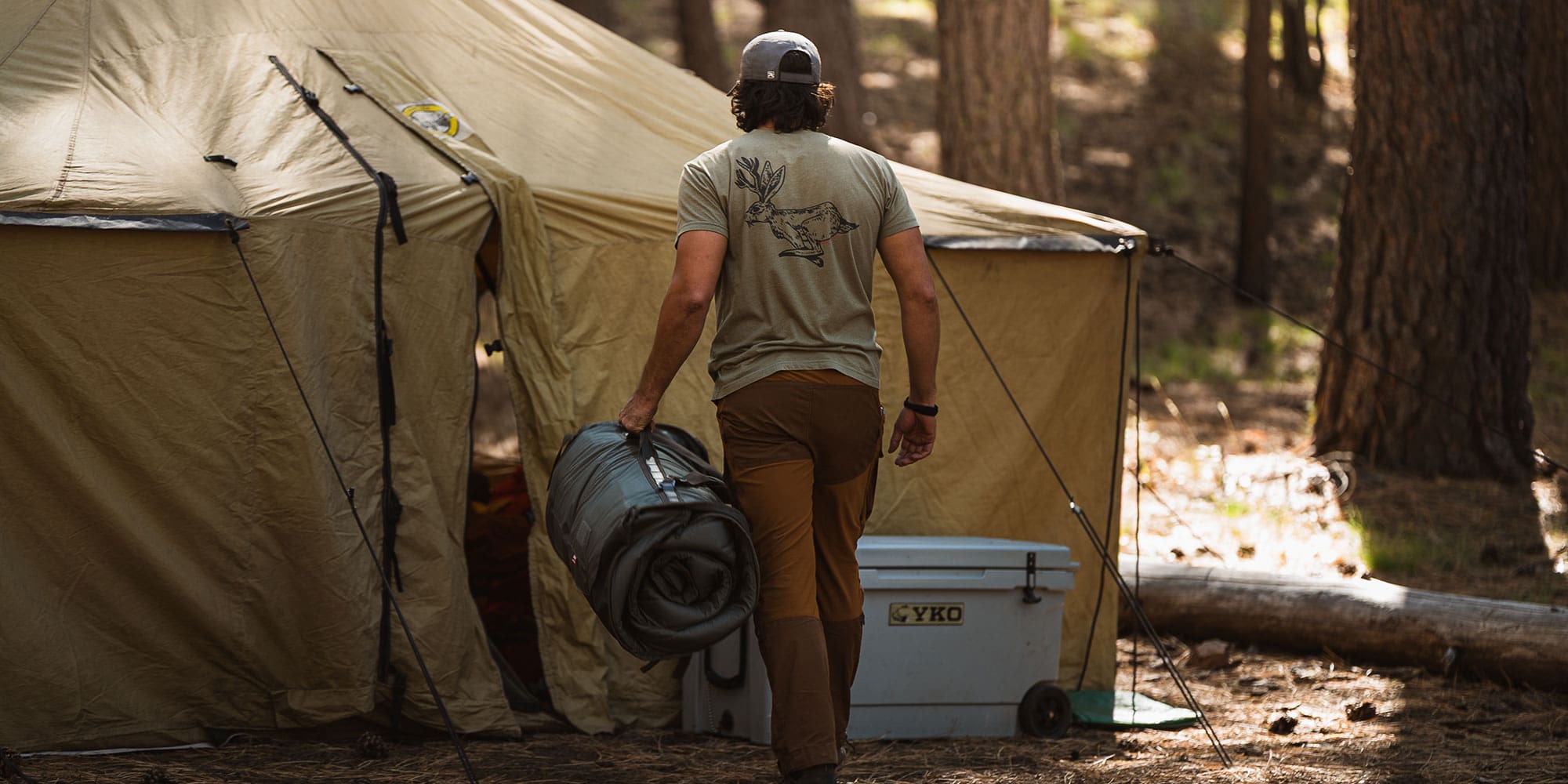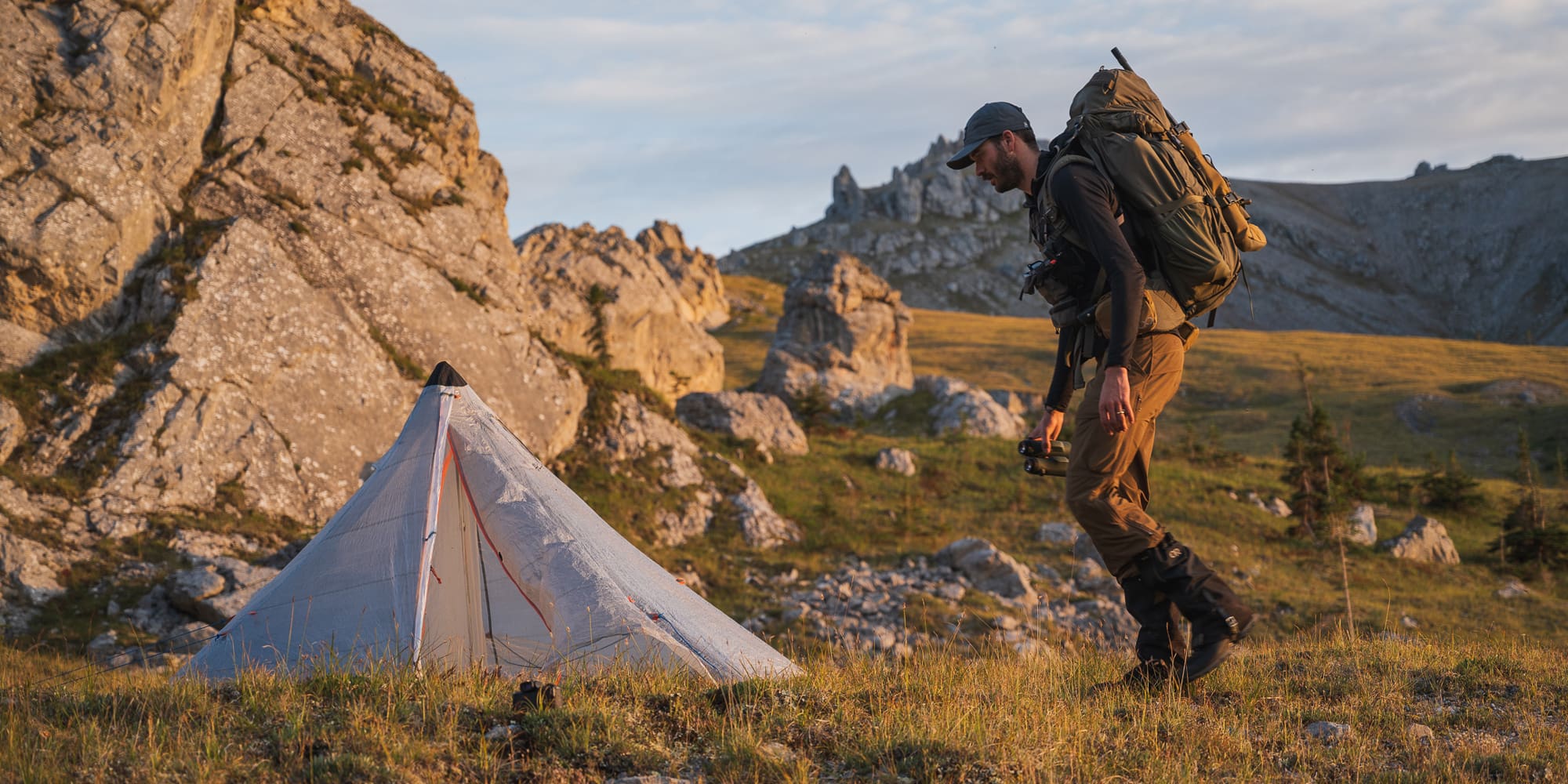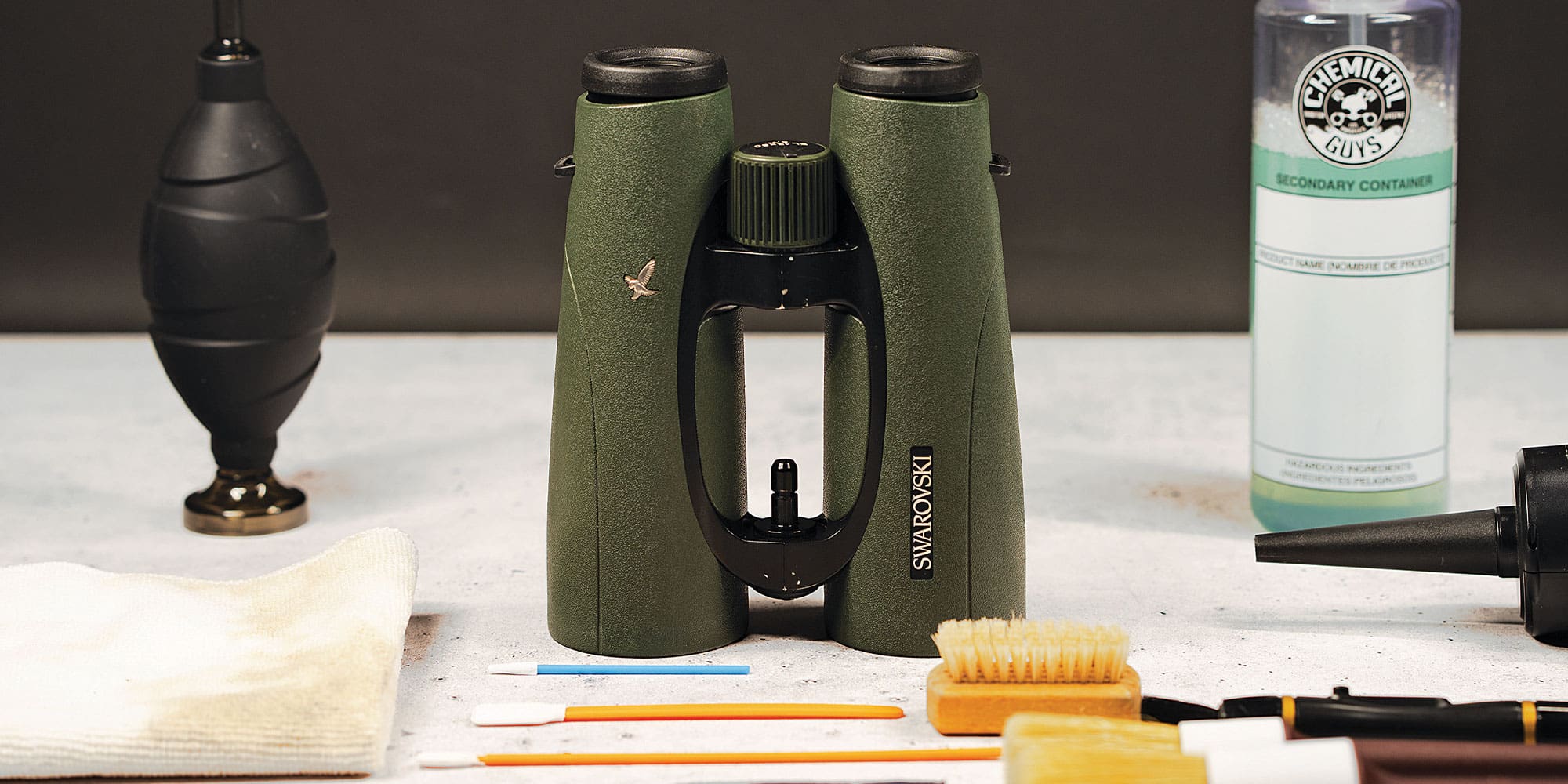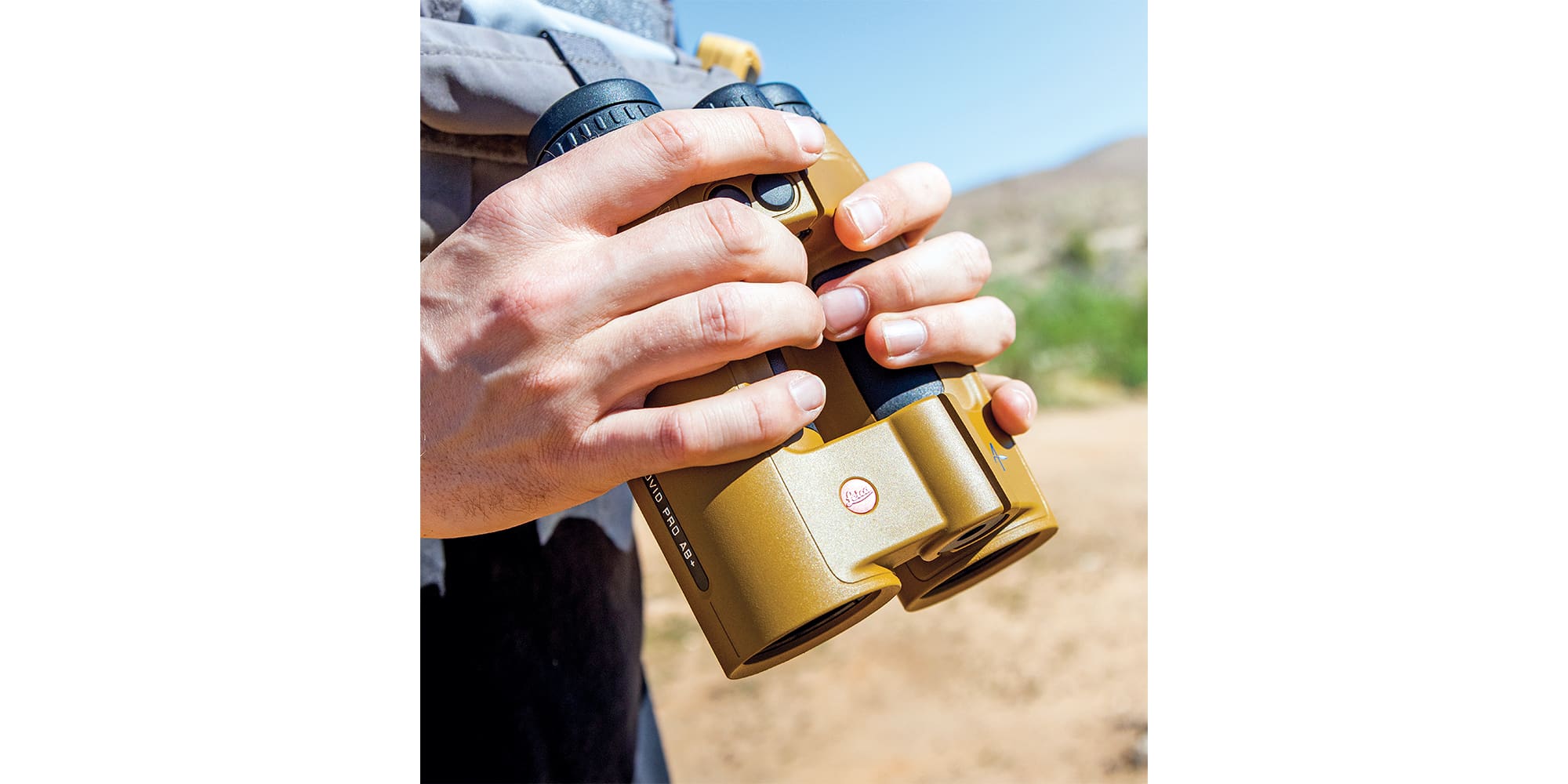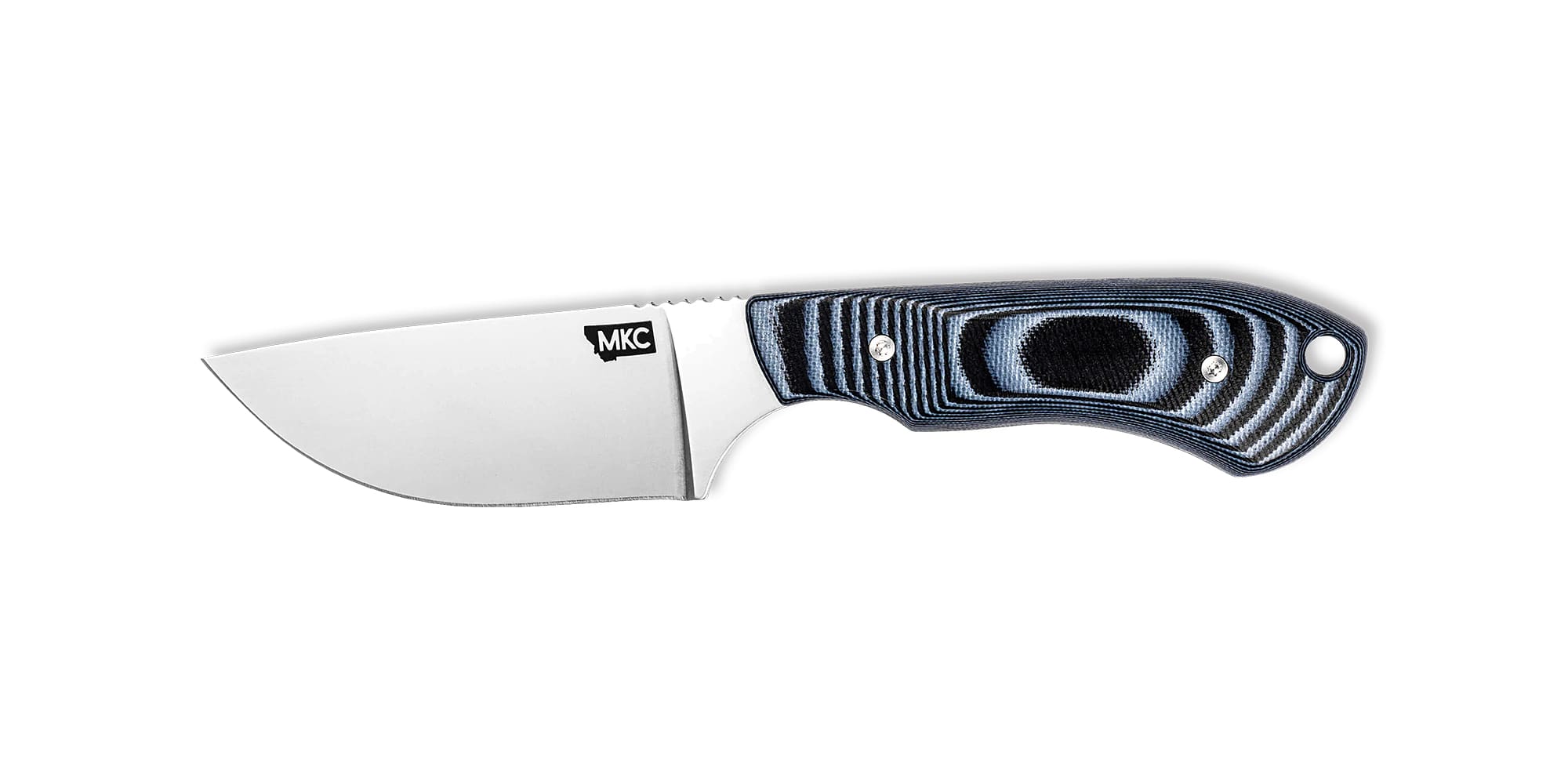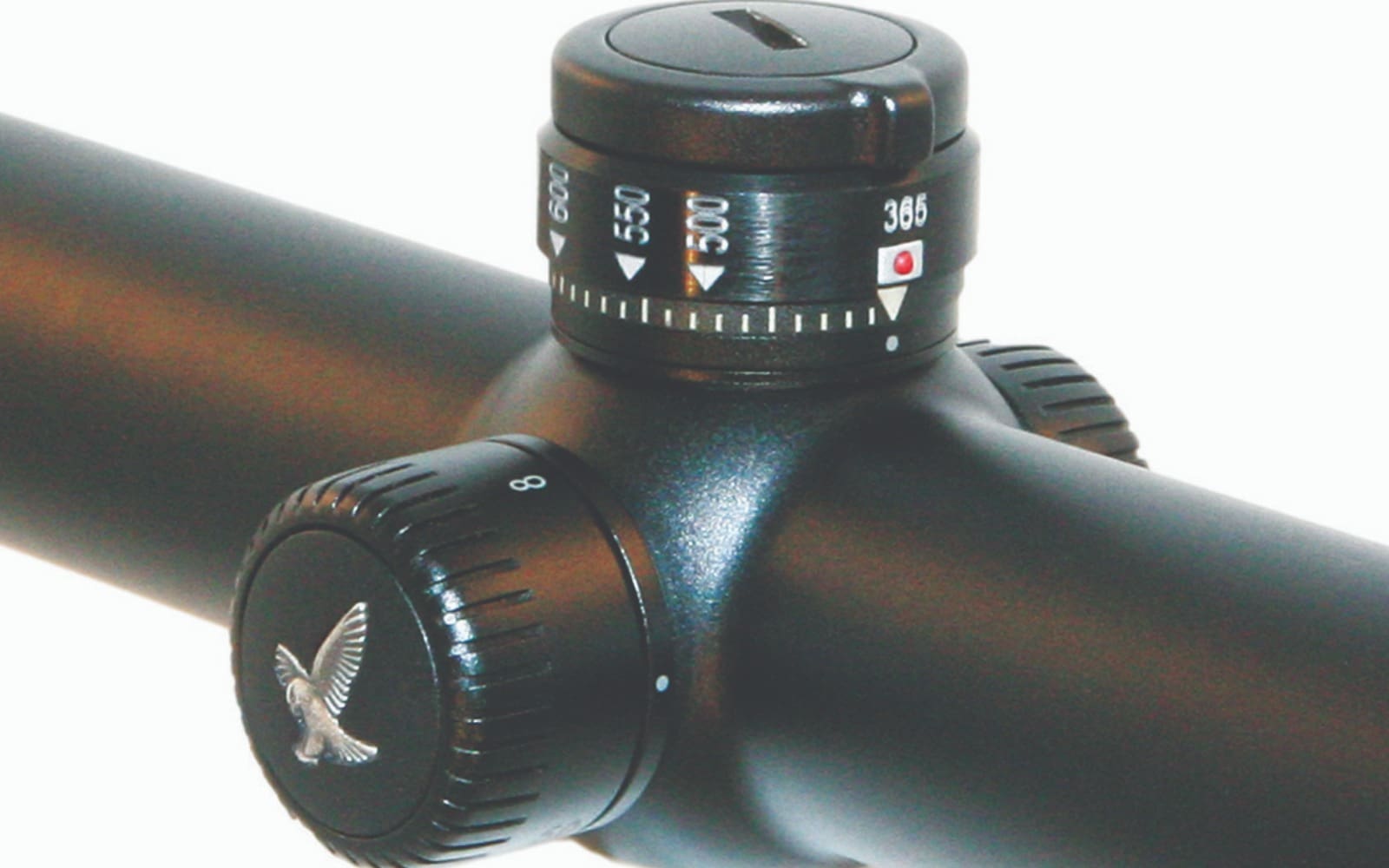
NOTICE: Certain links on this post may earn a commission for Western Hunter Magazine from Amazon or our other affiliate partners when you make a purchase. Thank you for your support.
Turrets for (Dummies) Those Who Want to Know More
When the first laser rangefinders hit the market, it was like a snowball just starting to roll downhill. Little did we know how “knowing the exact yardage” would change the way we hunt with the addition of turrets.
From the time of the first flintlock until the early 1990s, shooting past 300 yards wasn’t much more than a guess. Even if you got lucky and guessed the yardage just right, and you happened to know exactly how much your bullet would drop at that distance (let’s assume 13 inches), you still had to estimate what 13 inches of hair and air looked like through a 3-9x scope! Even after the laser rangefinder eliminated the need to guess the distance, it took a few years before hunters realized how much inaccuracy was caused by trying to estimate how much to hold over the intended target. When optics manufacturers finally introduced ballistic reticles and ballistic turrets, it was only a matter of a few years before these models became the #1 sellers.
Knowing the Terms
Though there isn’t an official dictionary of terms, I think it’s important to understand the difference between target turrets and ballistic turrets as the terms are used in this article, as well as a few other items.
Target Turrets
First of all, target turrets have been around for many years. A target turret is traditionally a very tall turret with external markings in minutes of angle (MOA), which the shooter could adjust to raise or lower the bullet impact. They were called target turrets because they were traditionally only used by target shooters to make fine adjustments during competitions.
Ballistic Turrets
A ballistic turret is a raised turret as well, sporting a removable cap with markings that are generally in 100-yard increments, making them infinitely simpler, especially under stress.
Ballistic Reticle
A ballistic reticle is a crosshair system that offers multiple aiming points within the scope. These can be dots (mil-dots) or literally multiple crosshairs.
Minute of Angle (MOA)
MOA is another term that is frequently used and often misunderstood. MOA is simply 1/60 of 1° of a 360° circle. At 100 yards, one MOA is basically one inch (1.04 to be more precise), so at 200 yards one MOA would be equal to two inches, three inches at 300 yards, etc.…
First Focal Plane vs. Second Focal Plane
When a scope has the reticle positioned in the second focal plane, the reticle does not increase in size as the magnification is increased. With a first focal plane scope, the reticle does increase in size as the magnification is increased.
Ballistic Turrets vs. Ballistic Reticles
We could dedicate an entire article comparing and contrasting ballistic turrets and ballistic reticles, and I don’t know that I would pick a clear winner. However, there are some specific advantages that give the ballistic turret an edge to the western hunter. First of all, once they are properly set up, they are clean and simple to use. Assuming you’re shooting on flat ground, the shooter can simply range-find the target and dial the turret to that distance. Keep in mind that with a ballistic reticle, you’re still forced to hold over/under unless your target happens to be the exact distance of one of your aiming points. Secondly, with the more common second focal plane riflescopes, a ballistic turret will work regardless of the magnification level, whereas a ballistic reticle will only work on one predetermined power.
With these two factors in mind, I personally give the edge to a ballistic turret over a ballistic reticle. Of course, this begs the question of why not both? The only disadvantage of both is the increased level of complexity, requiring a heightened level of understanding. Plus, I’ve found that if a shooter has even a slight preference to either system, then he will resort to that system every time. It reminds me of the latest model automatic transmissions that have the “manual automatic” option. Drivers clamored for the option, but research has proven that over 98% of drivers use just one of the options.
Custom Made Turrets
Ballistic turret caps must be custom made to fit the particular specifications and ballistics of your rifle. Obviously, a .308 firing a 180-grain bullet is going to shoot very different than a .300 RUM with the same bullet. In order to build a custom turret cap, the manufacturer will need to know: 1) what distance you want to be zeroed at; and 2) the caliber, scope height, bullet weight, muzzle velocity, ballistic coefficient, altitude, and expected temperature. This may seem like a whole bunch of variables - and it is - but they all have an effect on how a bullet travels through the air and consequently how that bullet retains velocity. If you can provide the turret maker with the number of clicks between your zero point and a more distant point of impact, they can build an even more accurate turret. For example, if you’re dead on at 200 yards and there are 34 clicks between that point and where your bullet impacts at 600 yards. Regardless of who made the turret, scope, rifle, ammo, etc…you must test all of this at the range.
As you can see, the turret is literally the last piece of your hunting rifle system. Any change in ammo, scope, rings, bases, etc. will change the geometric properties and render your turret useless and a new one will need to be made. Thus, be sure that you are comfortable and confident with all of these variables, so you can avoid wasting time and money.
Keeping it Real
Let’s assume that everything works perfectly, and you now have a turret on you rifle that has numbers out to 900 yards. I wish this could go without being said, but this does not automatically mean that you can accurately hunt at this distance. Long-distance shooting requires an immense amount of research and practice. Even though the best hunting rifles are capable of three-shot groups of .5-1.0 inches from a concrete bench, most shooters will give up one inch when forced to shoot from the ground, and a common 10 mph wind can add one more inch to our inaccuracy. This all adds up to a 9” group at 300 yards - and we haven’t even added in the effect of adrenaline, shortness of breath, frozen fingers, elevation, variable winds, and about a dozen other factors.
Some real-life proof
For the past two summers Vortex has hosted the Vortex Extreme Challenge, a rifle shooting competition that involves packing your rifle and gear over several miles at altitude and shooting at distances between 200 and 1000 yards. Some of the finest hunters/shooters compete each year sporting some of the best custom rifle and optics packages I’ve ever seen. You’d be hard pressed to ever find a group of sportsmen who are more talented and dedicated to long-range precision. As well prepared as these shooters are, I don’t believe a two-man team has finished the course yet and actually hit more than 50% of the steel targets! Again, they have the best equipment money can buy; they are shooting on the ground but on concrete slabs; they know the exact yardage; they have their own spotter to help with wind doping; and the majority have shot the course before…yet they still miss (i.e., wound) half of their targets. Again, there is a big difference between long-range shooting and being a responsible hunter, and it will never be redundant or cliché to keep mentioning it.
Hope for the Best; Prepare for the Worst
All that being said, I still like to have my turrets engraved to yardages well beyond my comfortable range, for two reasons: First, I firmly believe that if I practice at 500 yards, I will be a better 300-yard shooter; and if I practice at 700 yards, I will be better at 400 yards. Bowhunters do this all the time. And by practice, I mean 60-100+ rounds with positive results. As much as we don’t like to talk about it or admit it, wounding animals happens. So secondly, if I’m faced with a good broadside shot at a wounded animal that is beyond my comfort zone, but this might be my last chance to finish what I started, I like having the added confidence of having turret markings out to that distance.
There are several companies making ballistic turrets for a multitude of different scopes. The brand of scope you own or hope to buy will determine which company you will need to order your turret from.
Outdoorsmans

Back in 2009, the Outdoorsmans gang took a look at the Swarovski BT (ballistic turret) scope and figured out a way to build a custom turret just for that scope. Until then, no company had combined the superior optics of the Swarovski scope with a precise custom ballistic turret. The Outdoorsmans turret is one of “cleanest” and easy-to-use turrets on the market. It’s available for any of Swarovski BT Z3, Z5, or Z6. The first turret is free if you purchase your Swarovski scope from the Outdoorsmans. You can call 1-800-291-8065 or order online. Retail price: $99.
Kenton Industries
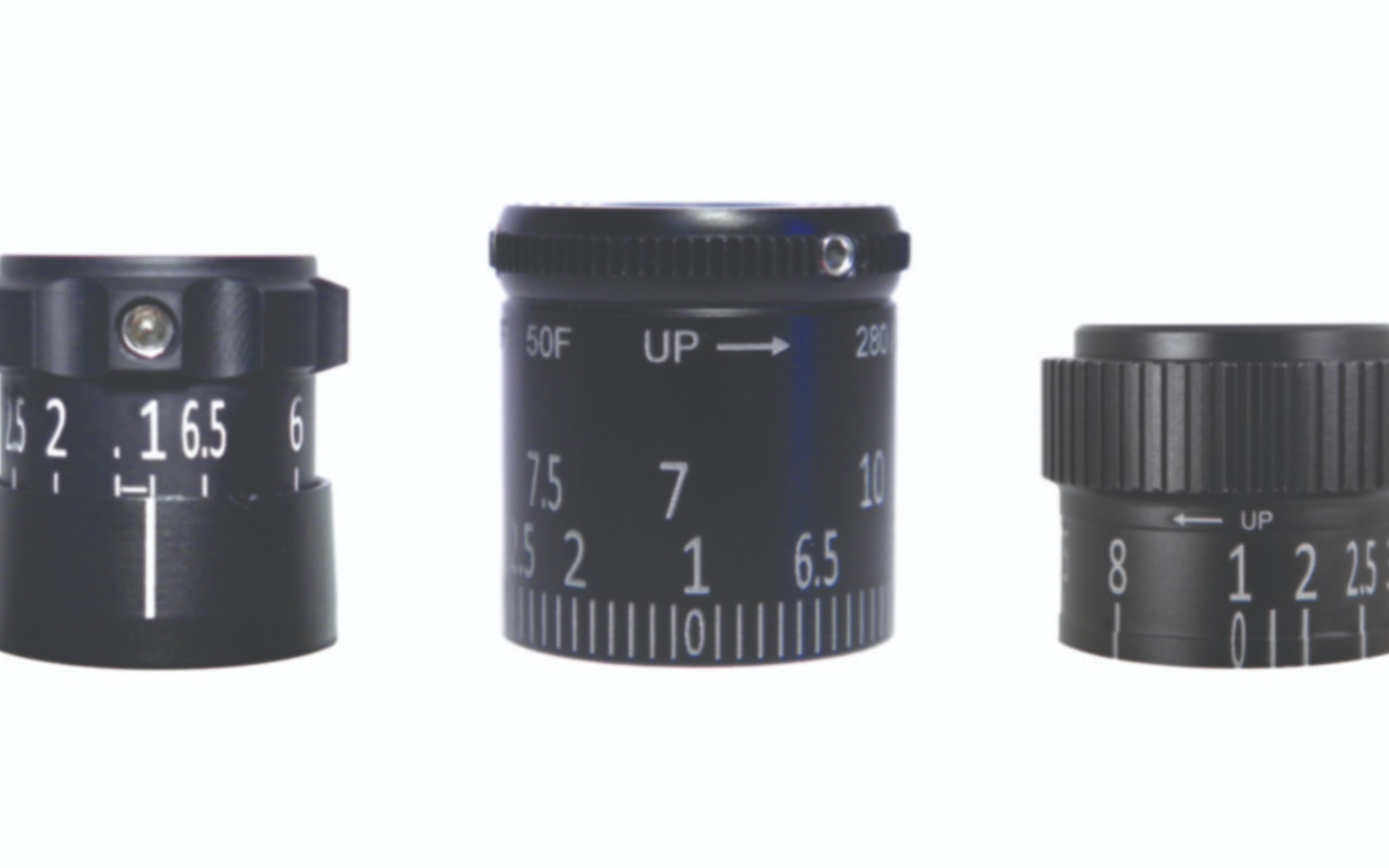
Kenton has been making drop-in style ballistic turrets for over a decade. They are now the largest manufacturer in the business, offering turrets for Zeiss, Vortex, Nikon, Nightforce, Minox, Meopta, Leupold, Bushnell, and Burris. Kenton has an easy-to-use online ordering system at or call them at 805-531-0476.
Huskemaw
There is no doubt that Huskemaw has done more to promote the use of ballistic turrets than any other company in the industry. Their turret can be used exclusively on their own scope, which is available in a 5-20x50 or 3-12x42. Their comprehensive online ordering system ensures an accurate and reliable turret the first time. You can also call at 866-780-1072.
Swarovski Optik
Working in conjunction with the Outdoorsmans, the patented Swarovski turret cap is the only one offered directly by an optics manufacturer. This turret can be fitted to any original or retro-fitted Swarovski BT model scope in the Z3, Z5 or Z6 models. For more information or to order, call 1-800-426-3089.


